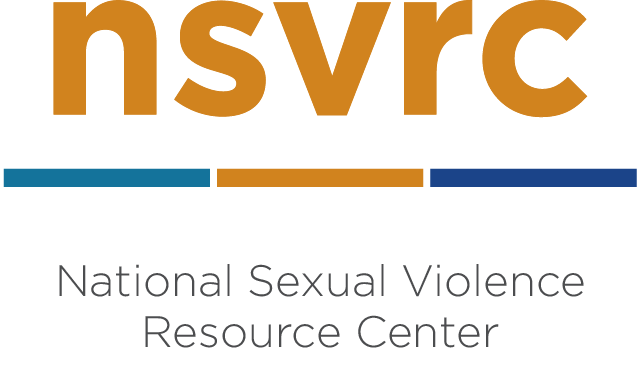Existing Measures
It is easy to get caught up in the idea of using measures that have been validated through research studies (e.g., the Illinois Rape Myth Acceptance Scale) as your tools of choice. While there are definite benefits to this (see below), there are also significant drawbacks. As with all things in evaluation, using existing measures should be done very deliberately and should not be considered the default option when planning your evaluation.
